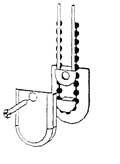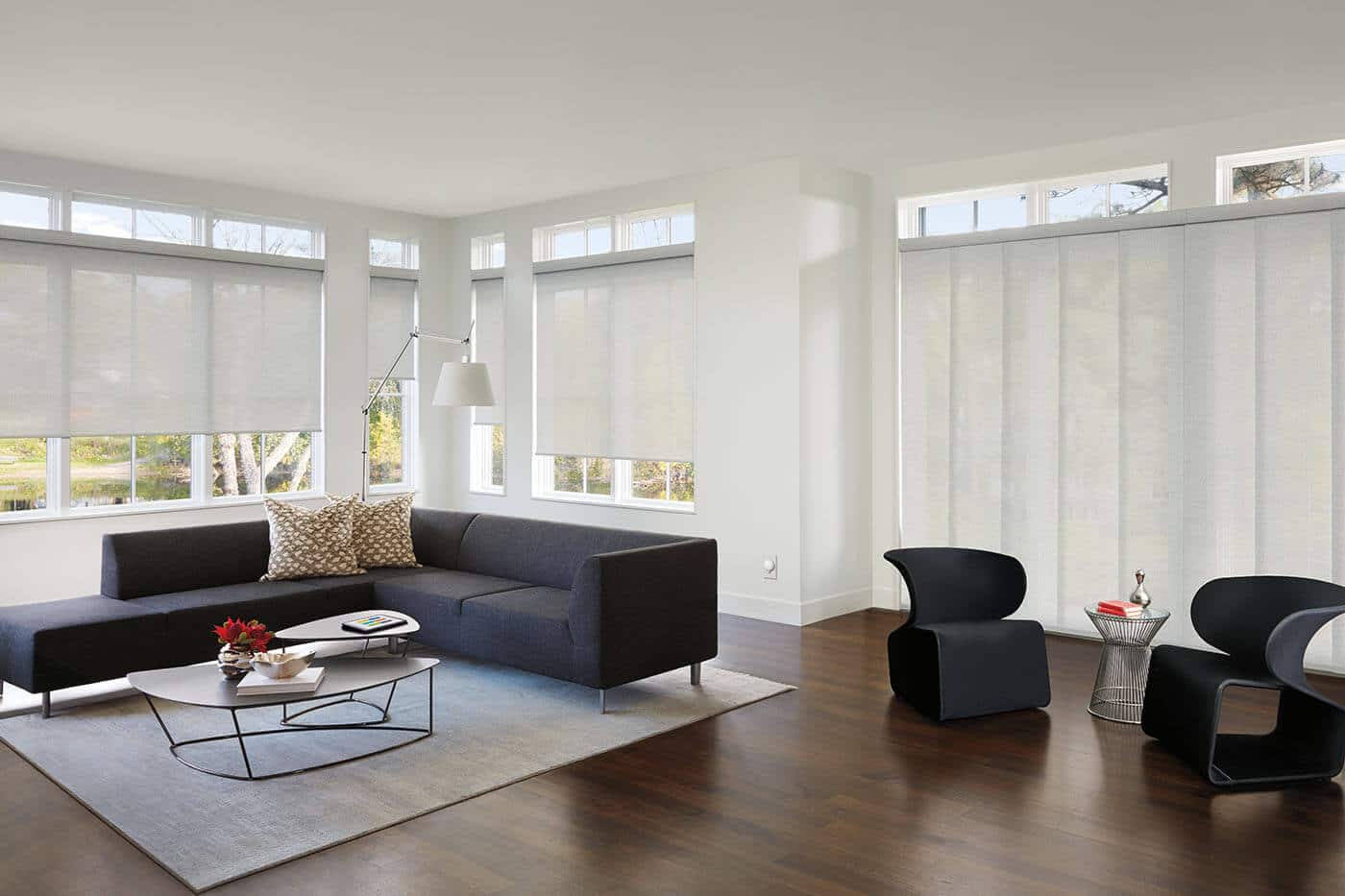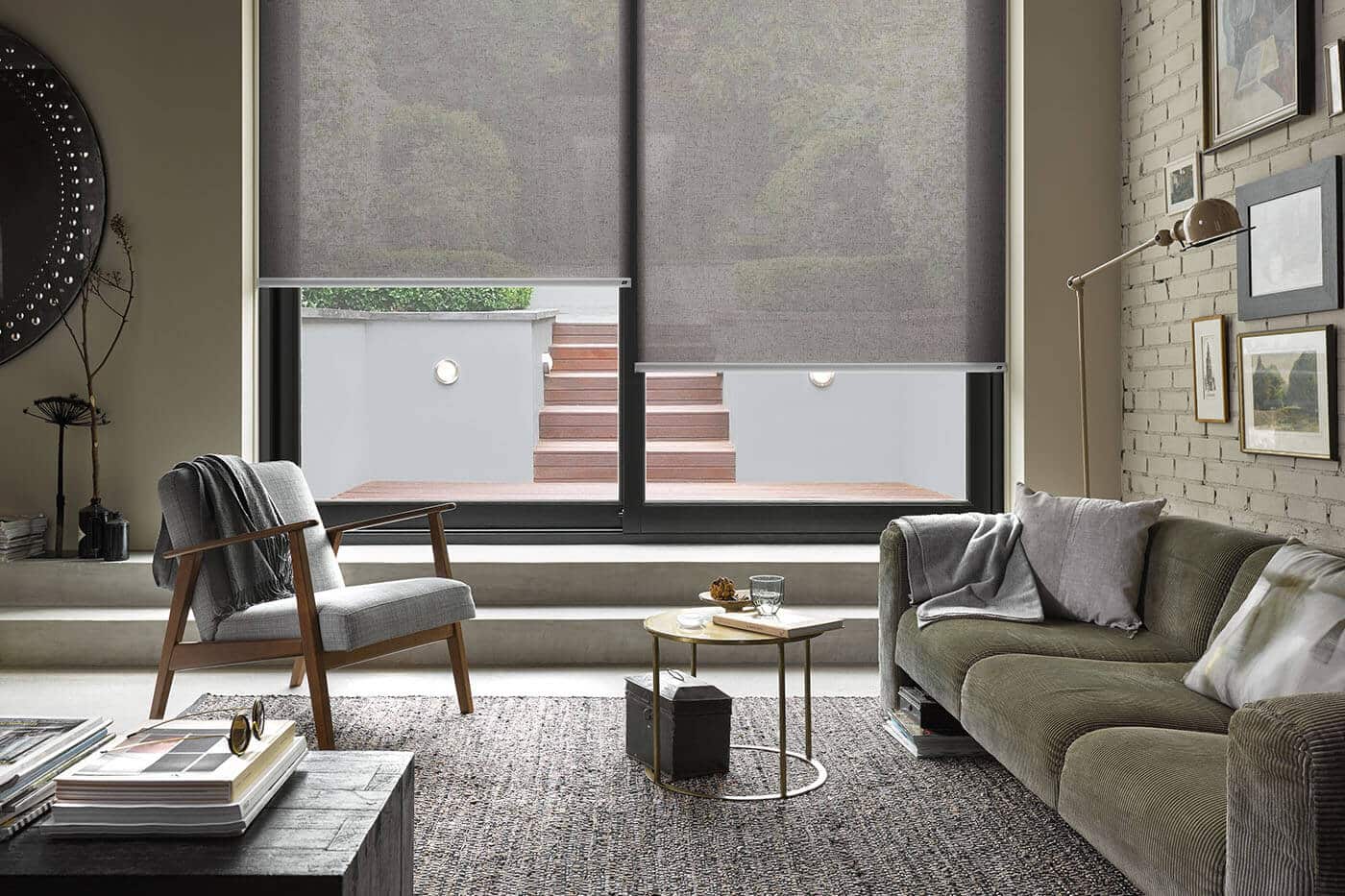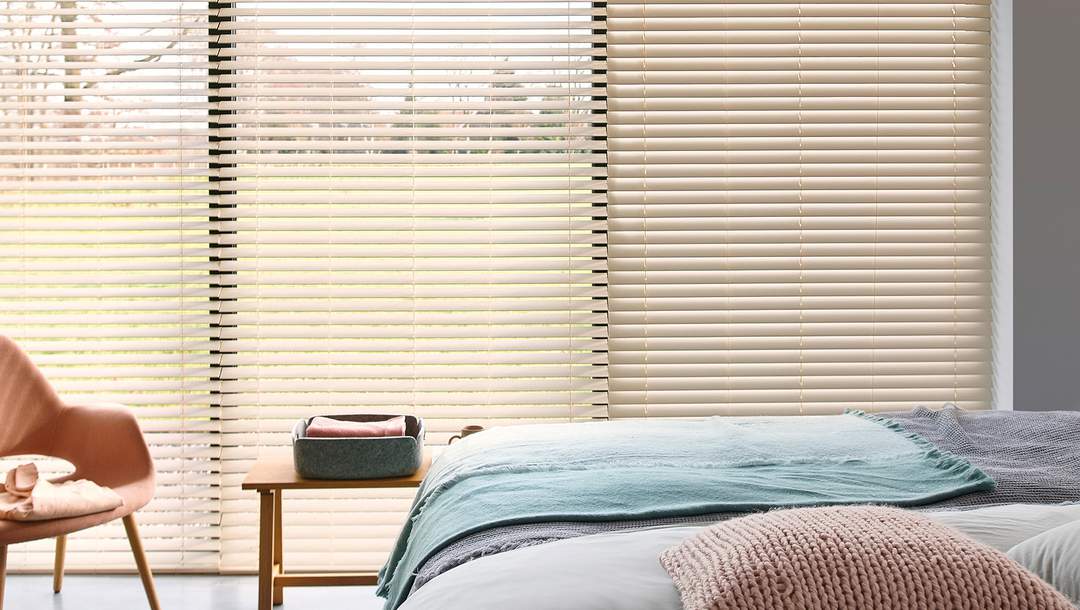In this Panel Glide Blinds Guide, we will uncover the simplicity and modern elegance of…

Blinds and Curtains Safety In The Home
Almost everything today comes with danger, and that includes blinds and curtains. It’s important that we are aware of these dangers, especially when we have young children in our home. We, at Complete Blinds, wish to share how you can keep your home safe with our blinds and curtains safety tips!
Blinds and Curtains Safety: Child safety guidelines
Most people don’t give a second thought to the cords used to open and close curtains and blinds. Yet overseas and Australian cases reveal that these seemingly innocent items are capable of strangling young children and babies. Complete blinds urge parents and carers to take steps to remove the very real threat posed to youngsters by existing curtain and blind cords. It may only take just a few seconds for a baby or young child to become entangled in the curtain or blind cords. This can happen when cords are too long or they end in a loop. If a child slips, moves quickly or plays with a cord, the cord can act like a noose and strangle the child. Babies can reach through cot slats, grab a nearby blind or curtain cord and pull it into the cot and around their necks. Young children can accidentally strangle on dangling cords after climbing onto a bed or other pieces of furniture to look out of a window. All furniture, including cots and beds, should be moved away from the curtain or blind cords, making sure that children cannot reach them.
Blinds and Curtains Safety: New blinds and curtains
A safety law for corded window coverings used inside the house requires all new blinds and curtains with cords to be supplied with a warning label or warning tag attached to the cord of the blind or curtain. Be sure to read the label or tag and keep them for future reference. Also, depending on the design of the blind or curtain, a safety device may be included. These safety devices are intended to remove the hazardous loop from the reach of children. Please do not ignore them. They must always be installed. IMPORTANT – Do not leave cords from curtains or blinds hanging! Use safety devices to keep the cords out of the reach of children.
Blinds and Curtains Safety: Existing curtains and blinds
If you have blinds or curtains that may have been installed prior to January 2003, you can take steps in order to remove the hazard of a looped cord:
Step 1. Cut looped cord(s) on the blind, curtain or venetians, just above the tassel to get rid of the loop.
Step 2. Remove any tassel and equaliser buckle.
Step 3. Attach a new tassel to each of the pull-cord ends.
Step 4. Knot the cord to hold the tassel (see Illustration 1 below).
Alternatively, you can install a ‘break-through’ tassel. A ‘break-through’ tassel gathers the single cords together and separates the cords when a child puts its neck or body in the loop. The tassel can be attached at the end of the cords. Pull-cords on certain vertical blinds or curtains require a continuous loop to pull across or change the angle of the slats and therefore cannot be cut. For these types of blinds or curtains, you will need to:
- attach a cleat to the wall or window from near the curtains or blinds and wrap the cord around the cleat that you have attached, or
- use a tie-down or tension device to pull the cord tight and secure it to the wall or floor (see Illustration 2 below).
Take these four simple steps to ensure that blind and curtain cords/chains in your home are out of reach of children, particularly children under 6 years of age:
- Check all blind and curtain cords – both at home and when away on holidays. Make sure they are out of reach of children.
- Make loose cords safe – use cleats or cut the cord loop and attach a tassel at the end of each strand.
- Choose safe blinds and curtains – make sure new curtains and blinds have warning labels and provide a way to secure the cords out of reach.
- Keep children away from all cords – move furniture, cots and beds away.
While these measures are not 100% effective in all cases they will provide some guidance in making your home a safer place for your children.




